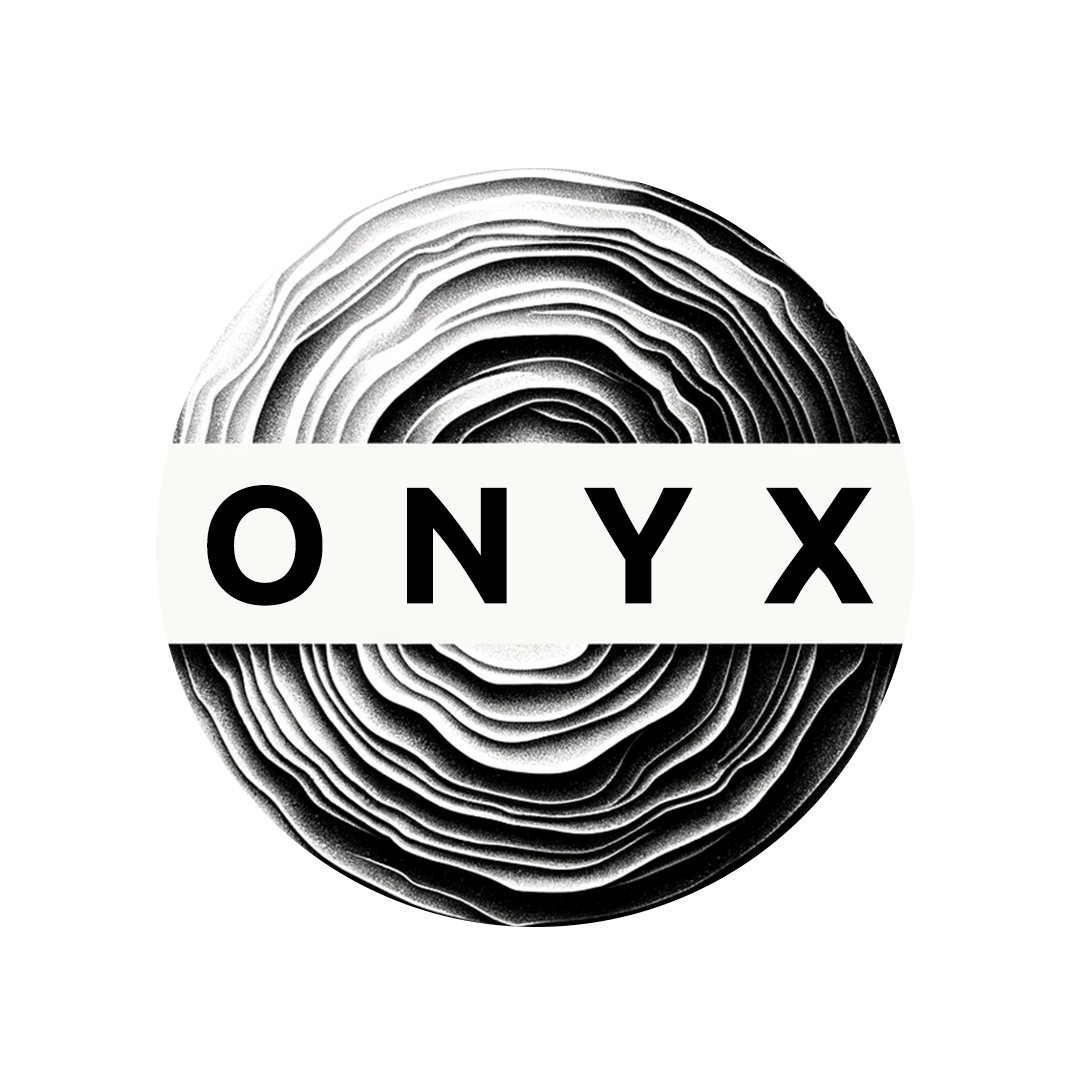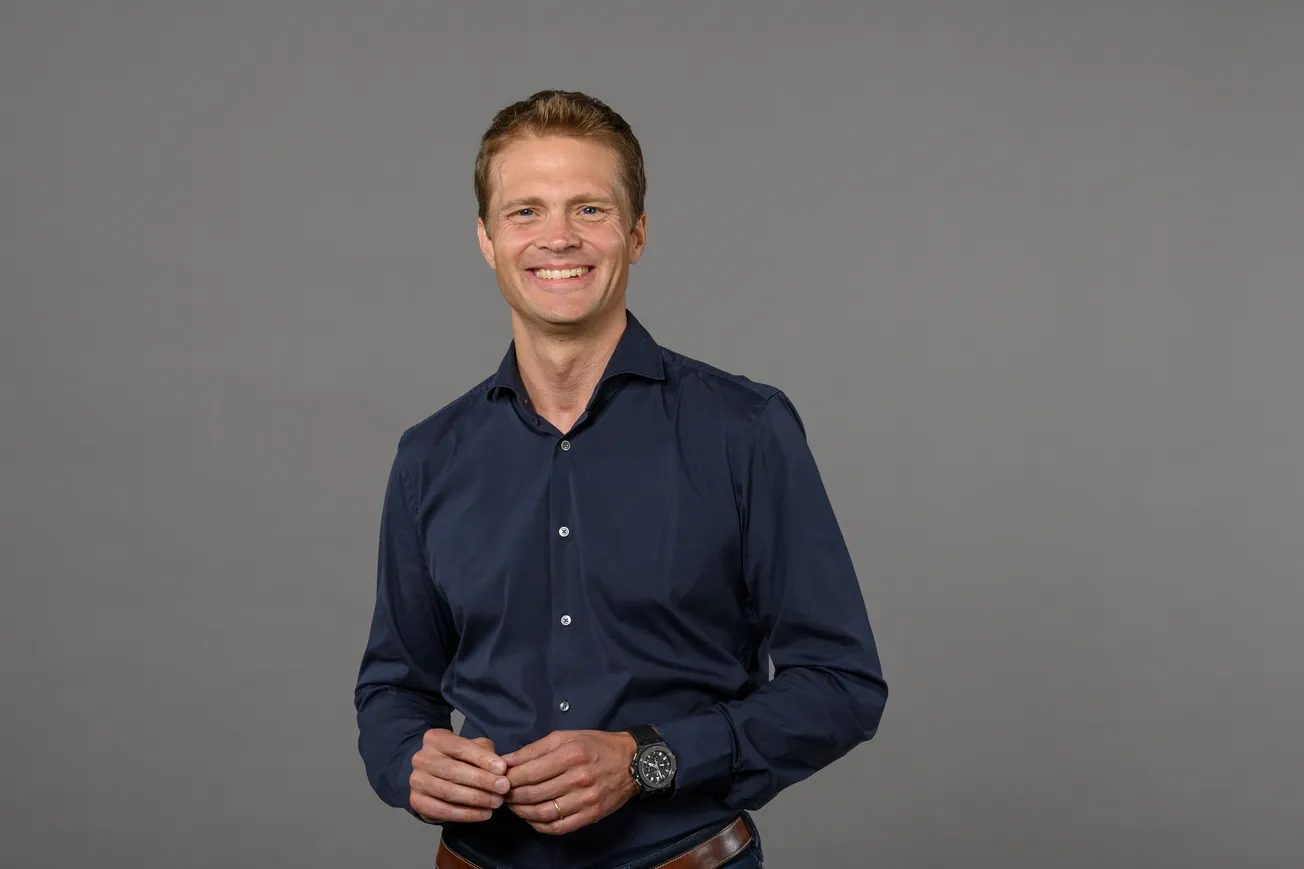Table of Contents
Emmanuel Abate, President of Genomic Medicine at Cytiva, sat down with Onyx for a feature-length interview.
Could you introduce Cytiva?
Cytiva are a leading provider of biomanufacturing solutions. We provide all the hardware, consumables, biological materials, IT infrastructure, automation—essentially everything our customers need to manufacture biologics.
Our mission is very clear, to enable and accelerate access to novel therapies for patients, and we do that with what we provide to our customers. With cell, gene and mRNA, right now, there are around 15–20 of these advanced therapies on the market, but there are hundreds more in the pipeline.
Arguably, the platform they’re being manufactured on today is not ready for primetime. They’re still too expensive, and we’re probably only at generation one or two of development. So we think there’s a ton more work to be done to lower costs and improve efficacy.
We’ve structured an organisation around supporting those therapies, which I lead, and I’m also the group executive leading our global sustainability efforts.
Let’s discuss sustainability. In biopharmaceutical manufacturing, especially with cell therapies, how big is that challenge?
Sustainability has really moved up the priority list for biopharma over the last few years. Last year, we surveyed over 800 biopharma executives and found that 62% of biopharma companies say sustainability is their #1 priority over the next five years—and many believe it can only be achieved through partnerships and collaboration across the industry.
Customers are beginning to consider sustainability when choosing suppliers. It’s why we are so proud to be committed to Science Based Targets and to have earned an EcoVadis Platinum rating for the past three years, putting us in the Top 1% of all rated companies.
It’s not just a customer issue either. It’s important for attracting and retaining talent, which is a scarce commodity in this industry.
We’ve found that since launching our sustainability programme, it’s become part of our employee value proposition—something that we attract talent with. Sustainability is really part of our story.
The cell and gene space is smaller in overall footprint compared to monoclonal antibodies or vaccines, but even so, there’s a big emphasis on innovation and partnership. That mindset lends itself well to addressing sustainability challenges early on.
What are Cytiva’s main sustainability goals over the next few years?
We think five, ten, even fifteen years ahead. Cytiva is part of Danaher, and Danaher has committed to net zero by 2050. That includes interim goals for 2032, and at Cytiva, we’ve built a science-based target trajectory for Scope 1 and 2 emissions (Scope 3 emissions is in process) to reduce our carbon emissions accordingly and we’re tracking very well.
Our targets cover more than carbon. Water use is another big one—like the rest of the pharma industry, we consume a lot of water. We’re actively working to reduce impact there.
Plastics are probably the second biggest theme after carbon. It’s a complex issue. We saw in the pandemic that the reason vaccines could be delivered at scale was because of single-use plastics, which for example allow drugmakers to switch batches quickly. But of course, plastics are a problem.
So we’re investing in bio-based materials, recycling options and working with leading universities to rethink the plastic lifecycle, from raw materials to rethinking end of life.
We’re also targeting waste and packaging. Over the last four years, we’ve been remapping our product portfolio and redesigning packaging to shrink our footprint and offer better solutions. We have a real emphasis on measurable improvements and we’ve got quantified targets and timelines for each area, which are published publicly.
Examples: During 2024, Cytiva conducted a life-cycle assessment on its largest business area, resins, and reduced carbon footprint by 88% in addition to reducing freshwater consumption in our processes.
Our responsible sourcing program creates a chain of suppliers who completed their EcoVadis assessments (82%), and are motivated by their own environmental and social impacts. Our net green spend – the share of spend from suppliers assessed as high sustainability performers (55+ rating) is 63%.
Cytiva is reducing airline use within our supply chain — we have four strategies to reduce emissions: manufacturing in-region-for-region, switching from air to ocean shipments, revising packaging size and materials, and exploring new innovations. In doing so, we have saved >12,000 tonnes of CO2 .
We're also eliminating polystyrene (Styrofoam) from secondary packaging by using ClimaCell® liners as the new plant-based, recyclable, cold storage shipping solution. >38 500 polystyrene boxes are no longer sent to customers, avoiding 46 twenty-foot shipping containers.
88% of manufacturing sites under our operational control use 100% renewable electricity, and we've achieved a 43% absolute reduction in Scope 1 and 2 emissions since 2019.
Let’s turn to cell therapies. Could you tell us about Sefia, your cell therapy platform?
It’s a new platform, but it’s based on over 15 years of experience in cell therapy. About a decade ago we really honed in on CAR T-cell therapy.
It looked like the most promising therapeutic path, and we were fortunate to partner early on with pioneers like UPenn, Kite, (a Gilead Company) and Novartis.
Today, six out of the eight commercial CAR T therapies use Cytiva platforms. That’s something we’re very proud of. One major lesson learned is that to reduce manufacturing costs and facility footprints, you have to automate.
The current cost and cleanroom infrastructure requirements are major bottlenecks. So we developed Sefia over six or seven years, working closely with Kite on design and feedback.
The platform automates much of the CAR T workflow, collapsing many manual steps into one or two functionally closed, GMP-compatible systems, reducing the overall need for operator intervention. You set up the process, lock it in, and it runs in a controlled, reproducible way.
Our estimates show that Sefia can reduce cleanroom footprint by up to 40% and cut labor time by a similar amount.
It also helps reduce the risk of human error. All this has a big impact on both cost and scalability. We’re currently rolling it out and think it could be transformative in the CAR T space.
For readers who might not be familiar, what makes CAR T manufacturing so complex?
CAR T therapy is highly personalised—one patient, one treatment.
It’s approved for some types of blood cancer. First, you extract T-cells from the patient’s blood—that’s the isolation step. Then the cells are genetically modified, then expanded over a period of about 10 to 18 days. Finally, they are reinfused into the patient.
The whole process takes a long time and we’re dealing with critically ill patients, so time is essential.
The process is also costly, since cleanroom facilities and skilled labor add up quickly. This is why automation is key— fewer manual steps means faster production, fewer errors and reduced costs.
People often point to cost as the biggest barrier. How does Sefia specifically tackle that?
We focus on overcoming challenges with key cost drivers, primarily cleanroom space and labor. Our internal numbers suggest as much as a 50% reduction in required cleanroom space compared to our previous platforms, and a 30–40% increase in labor productivity compared to the industry average on a manual process.
Those are significant elements of overall manufacturing expense. It’s difficult to give a single figure for total cost reductions across all therapies, because each therapy has unique factors. But these cuts in infrastructure and labor are substantial.
Speaking of labor, how many operators does it take to run a single process?
Essentially, one! They load the blood sample and the platform does the rest.
But it still requires skilled labor—people who understand cleanroom protocols, QC processes, and the science behind it. So it’s not plug-and-play for anyone off the street, but it does simplify things significantly.
How long would it take a trained scientist to get up to speed on Sefia?
Learning the platform itself isn’t hard. The bigger learning curve is the environment around it—GMP, cleanroom procedures, QC analytics. I’d hesitate to throw out a number because there’s a lot of variability, but getting familiar with the platform doesn’t take long in isolation.
What’s special about the software side of Sefia?
We have our own software called Chronicle, which provides digital batch records. Traditionally, cell therapy relies on paper documentation, which is time-consuming and prone to error.
Chronicle digitizes that record-keeping, facilitating automated processes.
Chronicle isn’t the only option; Sefia can connect with other manufacturing IT systems. But full integration is available with Chronicle, and that’s what most of our partners are using.
The need for these new therapies is huge. How quickly can you scale Sefia?
We’re rolling it out now.
Full platform release is expected by 2026. Once the rollout is complete, we anticipate broader adoption.
Is the long-term vision to have Sefia in hospitals?
CAR T manufacturing is still mostly centralised, and hasn’t quite rolled out to be largely hospital-based.
Right now, our focus is on serving in the centralised model with large manufacturers. Perhaps in about five years, if CAR T production becomes more decentralized, the Sefia platform could operate in smaller or hospital-based settings, because it’s closed and automated.
As companies try to scale in the current volatile economic climate, do you think sustainability might slip in priority?
I can only speak for what we control at Cytiva - and for us, the answer is no. Sustainability still matters to our customers, our employees, and our shareholders.
In fact, many of our initiatives generate operating profit by eliminating waste, reducing energy, chemicals, or water, or reducing logistics costs. It also reduces risks (environmental, raw material shortages etc.) and increases business security, all of which are good for business. So no, we’re not pulling back. So far, we’ve seen no change in direction from our European or U.S. customers - the commitment to sustainability remains strong.
Finally, one of the more unique things I heard about Cytiva was the use of Kaizen Weeks. Can you explain how they work?
Kaizen is a core part of the Danaher Business System. It’s essentially a focused improvement sprint. You go to the “gemba”—where the work happens—and gather the right people around a specific challenge.
You give yourselves five days to make real, measurable changes.
We’ve applied it to everything: transactional processes, manufacturing, innovation, and sustainability. We developed a specific Kaizen format—focused on energy, emissions, water, and waste—and ran it at every one of our facilities last year. It’s about action, not just planning.
You identify a savings opportunity, quantify it, and by the following Monday, you’re executing.


